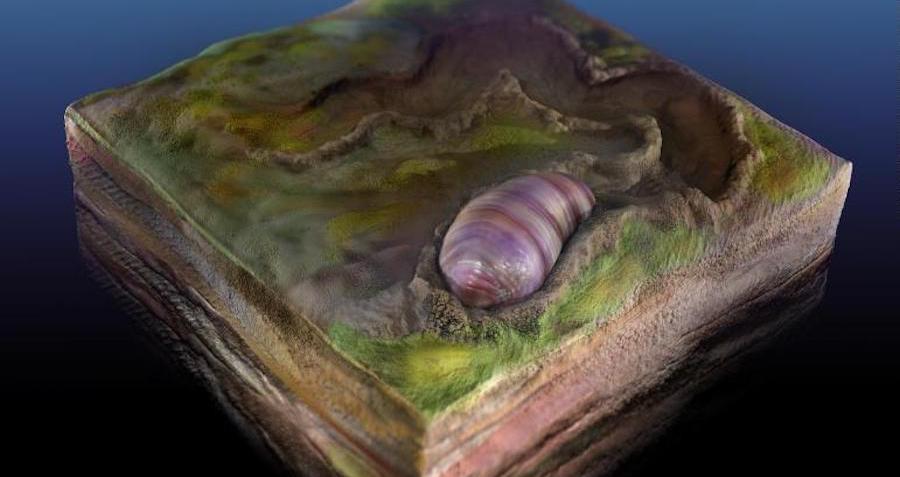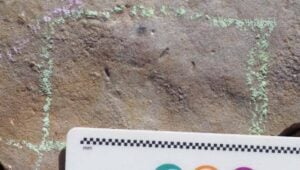“Fossils Unveil Mysterious ‘Ancestor of All Animals’ From Ancient Australia—What Secrets Are Buried in 555 Million Years?”
As for the newfound creature’s name, Ikaria means “meeting place” in Adnyamathanha — the language of the indigenous Australians who live in the region. Meanwhile, wariootia refers to the local Warioota Creek.
In the end, it’s remarkable to see such minuscule impressions in stone make such an enormous impact — one which showcases some of the most fundamental steps of our collective evolutionary history.
After learning about the oldest ancestor on the animal family tree, read about the 90-million-year-old Ichthyosaurus fossil found in an Englishman’s yard. Then, learn about the 518-million-year-old sea creature fossil shedding new light on ocean evolution.




















